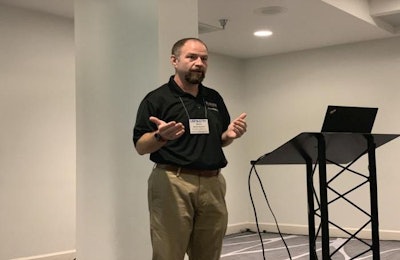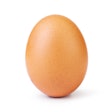
The future of cage-free egg production has been a regular topic of discussion among the egg industry for some time now. Challenges like cost, health, pest control and conversion of housing are just a few of the many concerns.
Darrin Karcher, poultry specialist, Purdue University Department of Animal Sciences, and Amy C. Murillo, University of California Riverside Chancellor’s Postdoctoral Fellow at the Department of Entomology, used the U.S. Poultry & Egg Association (USPOULTRY) Live Production, Welfare & Biosecurity Seminar in Nashville, Tennessee, held on September 17, to discuss potential issues to cage-free layer housing that producers may not have faced yet.
Those include:
- Toe pecking – Toe pecking is a huge issue in Europe that Karcher witnessed firsthand during his travels in Switzerland this summer. “They are having major toe pecking issues and it is not genetic driven or housing-system driven, so they are really struggling to figure out what is causing these laying hens to start toe pecking,” he said. He explained that he walked into one housing system where all the hens’ toes were full of blood from pecking. “I haven’t seen it here (the U.S.) yet, but it is something they’re experiencing, which likely means we will at some point as well,” he said.
- Red mites - While the northern fowl mite is a common parasite in U.S. poultry operations, the poultry red mite offers some different issues and may become more apparent in alternative housing systems, Murillo explained. Red mites are already a huge problem in Europe. Unlike the northern fowl mite, poultry red mites live in cracks and crevices and only come out about one hour a night to feed off the host. Both types of mites live off the blood of the poultry that they bite. Poultry red mites leave the host every day and can survive many weeks of starvation hiding in a housing system. Both types of mites are hard to control and need various forms of pest control options.
An epidemiological review found in the article, “The Poultry Red Mite, A small pest that packs a big punch,” by Monique Mul from Wageningen University & Research reports that 83 percent of the European farms are infested with poultry red mites. That report was released in November 2013. This harmful mite is extremely costly to the poultry industry; annual European industry losses alone are at EUR360 million (US$446.54 million). - Egg eating – Egg eating is a behavioral concern, explained Karcher. He asked, “Is there any way we can actually control that eating or are we just going to accept the fact that hens are going to eat a certain part of our production?” Karcher added that it would be a challenge for producers to really figure out what percentage of layer production they were consuming. Karcher helped with a study at Michigan State University that resulted in finding out that layers were eating 12% of their total production because they were laying floor eggs. Initially, researchers thought there was a decrease in lay, but they later realized the hens were just eating floor eggs quicker than they could take inventory.
- Beak trimming – “Right now we don’t have any issues with being able to beak trim our birds but we know in Europe they’re phasing it out, so in that case how long is it going to be before we phase it out here (U.S.),” Karcher said. He questioned if producers were ready for that kind of change and are there companies that are willing to try it before it comes down the pipe. “It is a reality that will happen at some point,” he said.















